The Weekly Anthropocene, July 2 2025
Gavi, The Ocean Cleanup, Roman concrete, mass solar irrigation, Thai tigers, IKEA home power plants in Germany, Paltas lagoons, AI beehives, California YIMBY wins, Sceye super-balloons, and more!
The Big Picture: Vaccines
Despite a morally abominable funding withdrawal sabotage attack by the monstrous and despicable anti-vax fanatic U.S. “health secretary” RFK Junior, the global vaccine alliance Gavi has secured pledges of over $9 billion in funding from a record-high number of donors to cover the 2026-2030 period, enabling it to continue its plans to immunize 500 million of humanity’s children against preventable diseases by 2030. In one of many related announcements, drugmakers Bharat Biotech and GSK will cut the price of their Mosquirix/RTS,S malaria vaccine by more than half to reach less than $5 per dose by 2028. One of the greatest human victories ever still advances!
The Big Picture: Plastic
The Ocean Cleanup, a pioneering startup using robotic Interceptors to clean up plastic pollution in urban rivers before it can enter the ocean, is nearing completion on its first 20 river intercepters in cities around the world from Jamaica to Malaysia. They estimate that this has already prevented 29 million kilograms of trash from reaching the ocean, and is intercepting 1 to 3 percent of all global river-borne plastic!
For the next step, they’re now launching a new 30 Cities Program planning to deploy enough Interceptors across 30 major plastic-polluting cities in Asia and the Americas, from Panama City to Mumbai, which they estimate will enable them to intercept one-third of all river-borne plastic by 2030. Truly SPECTACULAR work!
The Big Picture: Mercury
Global anthropogenic mercury (Hg) emissions and atmospheric concentrations of the neurotoxic element have declined sharply over the last few decades, with measurements at Mount Everest showing a ~70% decrease from 3.31 nanograms of mercury per cubic meter of air in 2002 to 0.90 nanograms per cubic meter in 2020. The Minamata Convention treaty commits much of the world to further reduce mercury pollution (mostly from burning waste or fossil fuels, plus mining). Great work!
Italy
Startup DMAT is working to commercialize a new self-healing concrete based on archaeological analysis of ancient Roman concrete. The inclusion of small white “lime clast” chunks in Roman concrete had long been dismissed as an artifact of imperfect mixing techniques, but researchers recently found that it was in fact a feature, not a bug, as when cracks appear the lime clasts can react with water and volcanic ash (another Roman concrete ingredient) to create recrystallized calcium carbonate and other compounds like strätlingite to fill the cracks, making the concrete self-healing and able to survive centuries with no maintenance. Claims of a lost “golden age” are almost always false, but it really does look like ancient Rome was using more resilient concrete for its infrastructure than what we have today — and we’re now trying to get it back. Fascinating work with amazing potential!
A spectacular new article chronicles and photographs the incredible urban biodiversity of modern Rome, a green spaces-rich city home to (among others) wild boars, peregrine falcons, wolves1, ring-necked parakeets, and a unique population of giant freshwater crabs native to ancient Roman sewer systems. Amazing!
India
When a scientific survey retraced a 1912 British expedition’s path through the remote Siang Valley in the state of Arunachal Pradesh, they found over 1,500 species (some new to science!) including migratory fish and birds, endemic butterflies, and more!
Two companies signed a new partnership to advance a planned 6.4 GW of new solar manufacturing projects in India, as a third commissions its new 1.2 GW solar manufacturing line in Hyderabad.
The Indian state of Maharashtra announced plans to build 1,071 MW (over 1 GW!) of new distributed solar power projects to provide electricity for irrigation, benefiting 300,000 farmers. Landscape-scale cleantech-powered climate resilience: GREAT work!
Thailand
Thailand has seen an epic population surge of tigers in its Western Forest Complex of protected areas, with a nearly fivefold increase from around 40 individuals in 2007 to between 179 and 223 tigers in 2024. Strong conservation efforts, including a breeding-and-release program of the key sambar deer prey species, have paid off!
Germany
Major retailer IKEA is now selling integrated kits including both plug-in “balcony” solar arrays and a home battery to customers in Germany — a fully independent household clean power plant for 1,229 euros. This is the future. Power to the people!
Argentina
Hardworking conservationists have saved the critically endangered El Rincon stream frog (Pleurodema somuncurense). This “microendemic” species is native to a tiny area, only living wild in the 10 km2 headwaters of the Valcheta stream on the Patagonian Somuncurá Plateau in Argentina. Conservation efforts including removing introduced predatory trout, breeding thousands of tadpoles in captivity, and stopping livestock from fouling the stream have boosted the wild population by 15% above the 4,500 adults counted in 2018, benefiting other local species in the process. Superb!
Egypt
Chinese company Sunrev Solar is building a 2 GW solar cell and module factory in the Ain Sokhna industrial zone of Egypt, near the Suez Canal. The sunny Middle East continues to rapidly deploy solar power, and it’s making more and more of it as well!
Ecuador
In the mountains of southern Ecuador, local historian Galo Ramón rediscovered and successfully led the community restoration of an ancient water management system created by the pre-Inca Paltas people, digging a network of artificial cocha lagoons surrounded by hydrophilic water-retaining plants to help survive drought by storing irregular rainwater that would otherwise run off the rocky Andes ground. AWESOME!
Namibia
Namibia has started construction on the Sores Gaib solar farm, which at 100 MW is the fast-electrifying sun-rich African country’s largest photovoltaic project to date!
France

The under-construction Dikwe project in Boulogne-sur-Mer, France is the world’s first full-scale harbor breakwater (a type of seawall protecting ships from large waves) that also generates clean electricity. It uses an oscillating flap to convert wave energy into power. Port-protecting power plants — a great win-win for Anthropocene Earth!
Amid increasing interest in the benefits of floating solar for wildlife and lake ecosystems, France has built the largest floating solar farm in Europe, generating over 70 MW from 134,000 panels on flooded gravel pits in the Haute-Marne region.
Uzbekistan
Uzbekistan has announced plans to accelerate its ecological recovery efforts in the dried-up desert that was once the Aral Sea, with support from the EU, UN, and China. Two million hectares of vegetation have already been planted and are substantially reducing dust storms, while upcoming efforts will try to develop biosaline agriculture. Check out this newsletter’s in-depth interview on the Aral Sea!
Switzerland
Researchers at ETH Zurich are developing photosynthetic architecture with the emerging field of picoplanktonics, in which a 3D-printed hydrogel becomes a home for cyanobacteria that absorb atmospheric carbon and precipitate solid carbonates.
United States
While Congress tries to pass a cruel and destructive nightmare budget in the service of a disgusting wannabe-autocrat, people across America are still fighting to build a brighter future.
AI-enabled solar-powered robotic beehives are boosting America’s pollinators and crops, with a new product from startup Beewise integrating a health-monitoring camera and robotic arm into a BeeHome frame that can hold up to 10 hives and send app updates to beekeepers when the AI detects issues like mite presence. Already, 300,000 BeeHome frames are in use across the U.S., helping pollinate almonds, canola, and pistachios among other crops. Hives in BeeHomes have seen annual colony loss rates of just 8% compared to the 40% industry standard. Great work!
Charismatic insurgent candidate Zohran Mamdani won the Democratic Party nomination to be the next mayor of New York City. Notably, Mamdani has expressed increasing alignment with the emergent pro-clean building Abundance Agenda (including on Substack), and the Abundance NY group endorsed him. Exciting news!
The Texas state legislature passed $100 million in additional funding to plug disused “orphan” oil and gas wells and reduce leaking methane emissions in 2026 and 2027.
The range of the roadrunner (Geococcyx californianus) is increasing rapidly in America, with the iconic bird of the desert Southwest (well-adapted to hot and dry conditions) now regularly appearing as far northeast as Missouri.
California passed and signed into law some desperately needed permitting reform, taking effect immediately! The new laws provide exemptions from the notoriously red tape-ridden, lawsuit-vulnerable and project-killing CEQA review process for health clinics, food banks, childcare centers, clean water and broadband projects, and urban infill housing under 20 acres — most new apartment buildings! This is a huge victory for affordability, emissions-reducing urbanism, and the Abundance Agenda!
Massachusetts has enacted a new, updated set of Solar Massachusetts Renewable Target (SMART) regulations, paying solar panel owners for the clean energy they generate (with “adder” bonuses for extra-good projects like serving low-income communities or building on a closed landfill). The explicit goal of the new SMART incentives is to ensure consistent state support despite federal chaos — great work!
Amid federal turmoil, major Korean manufacturer LG has opened its new IRA-supported $1.4 billion factory expansion to build grid-scale lithium iron phosphate (LFP) batteries in Holland, Michigan. Now the largest LFP maker in the U.S., it will produce 16.5 gigawatt-hours of grid batteries per year, and the first six months’ worth are already booked by clients, with LG considering doubling production next year.
California remains committed to its statewide efforts to advance air pollution-reducing electric trucks despite federal opposition, with more policies on the way.
The Peregrine project is now online, bringing a 200 MW battery storage system to power 200,000 homes in San Diego during peak grid demand hours. Great work!
U.S. startup QuantumScape announced a new breakthrough in solid-state battery manufacturing, with a proprietary ceramic separator material increasing the speed of their sintering heat treatment stage by 25 times. They hope to commercialize soon.

Major Japanese investor SoftBank has provided $15 million in funding to New Mexico startup Sceye, which is building giant zeppelin-like helium-filled multifunctional data-relaying “climate station” stratospheric balloon platforms. Sceye’s balloons will be able to provide real-time monitoring of greenhouse gas emissions as well as climate disasters like wildfires and floods, and can also provide wireless network connectivity during outages. One will fly to Japan in 2026. Wow!





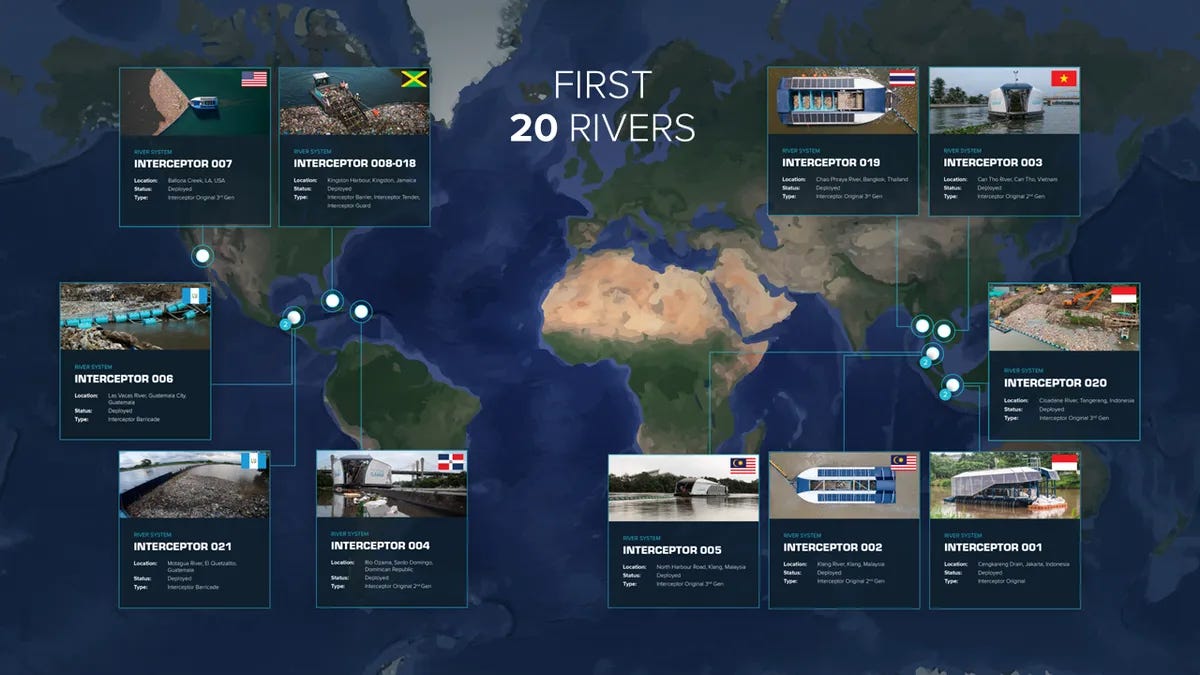
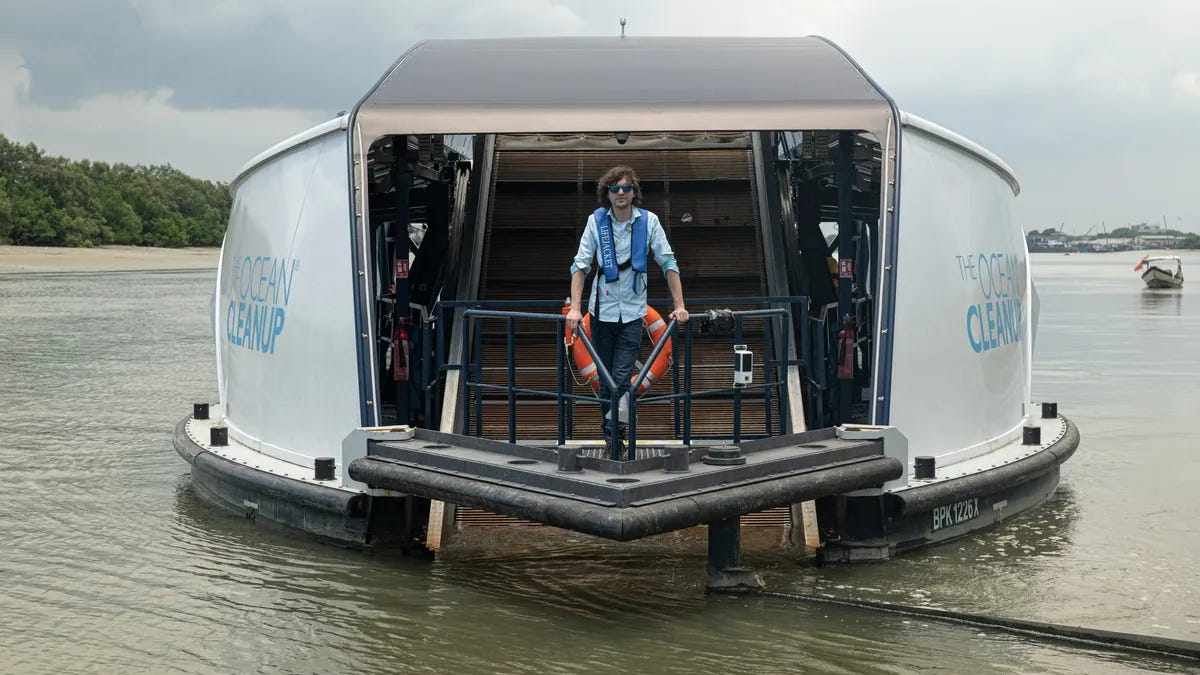
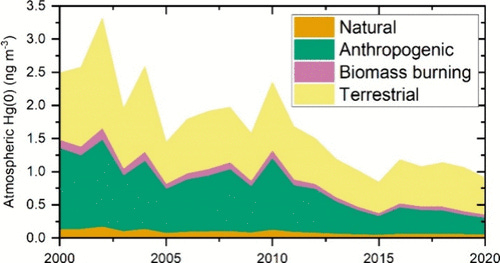


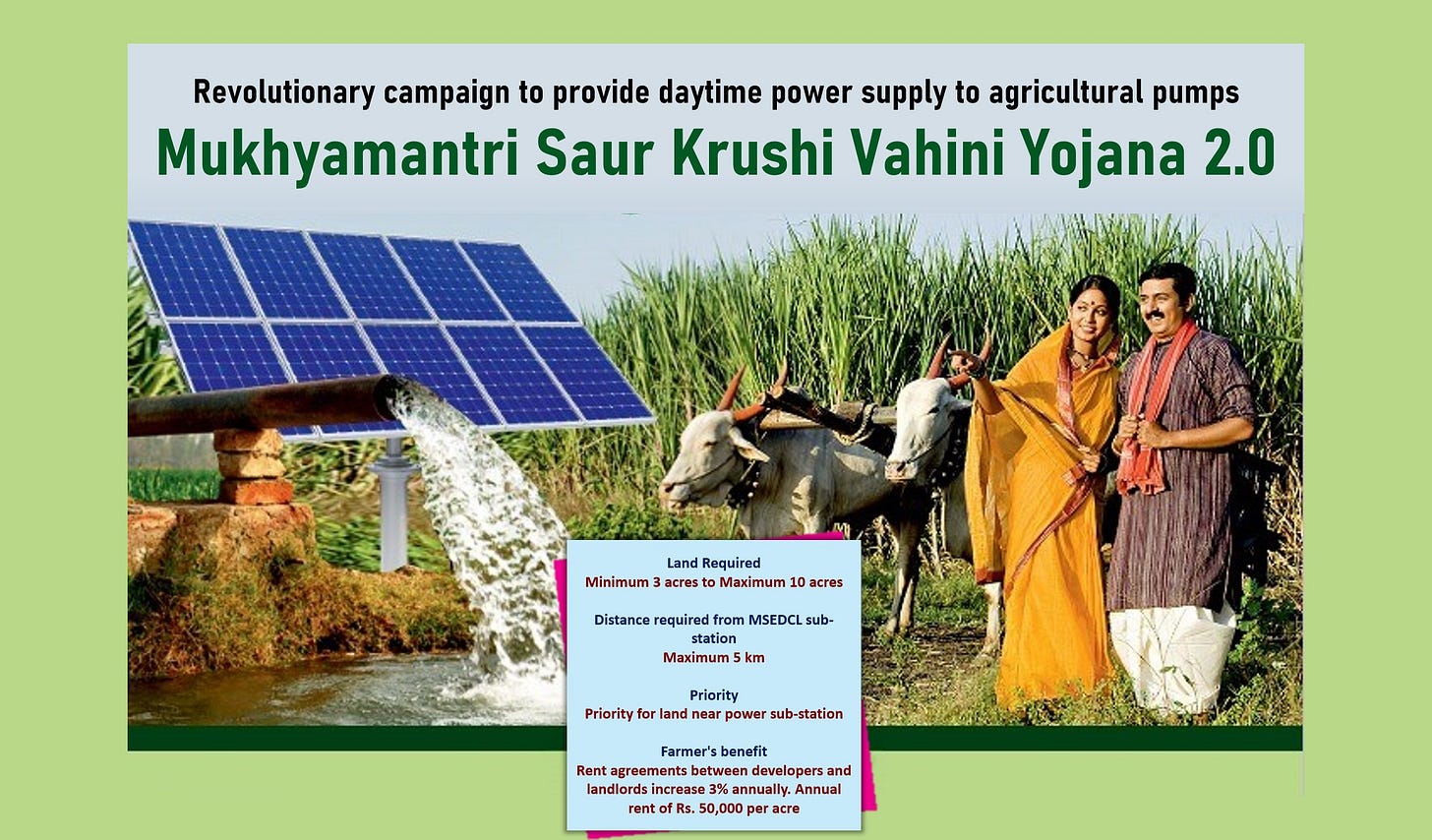




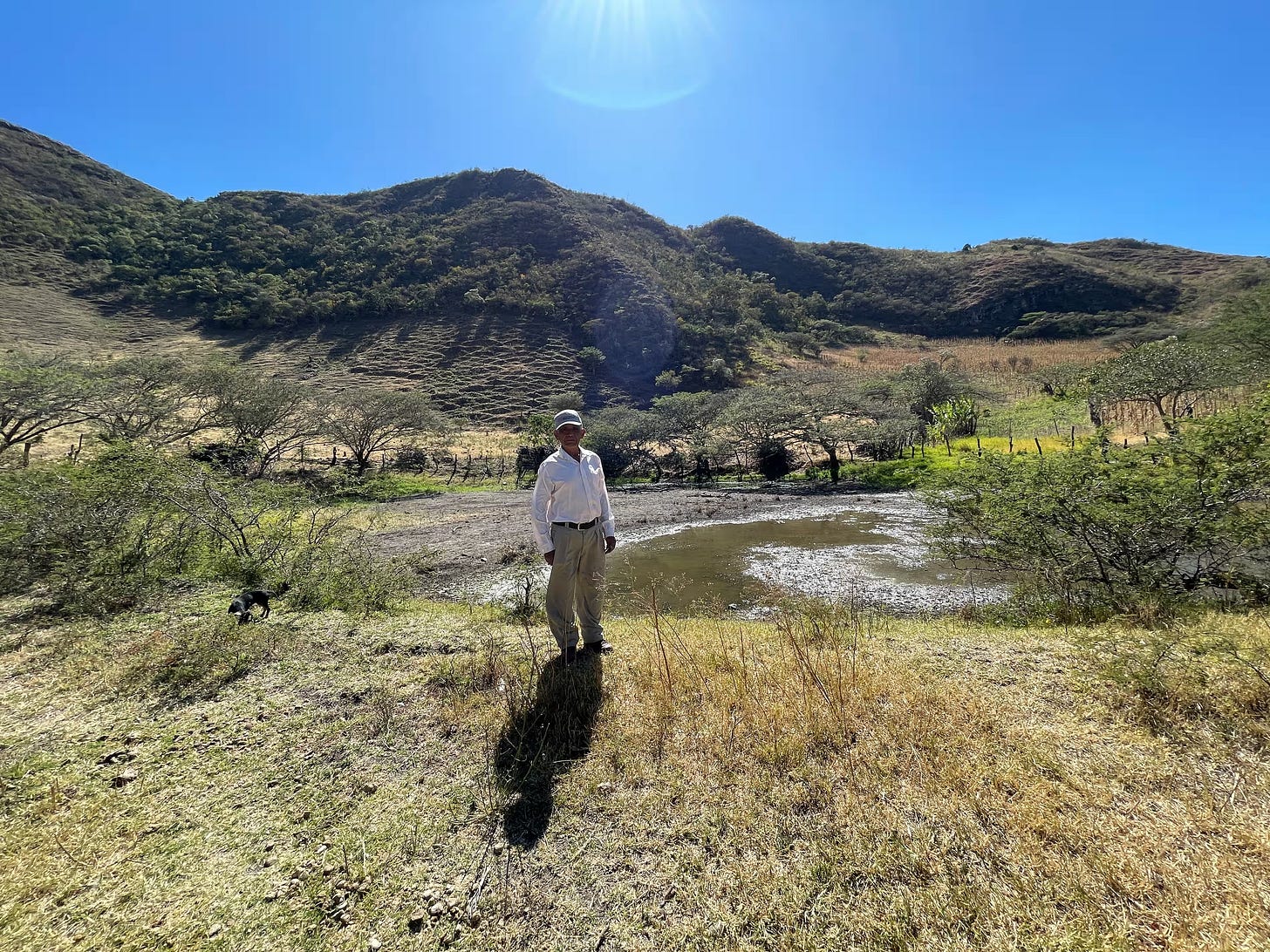

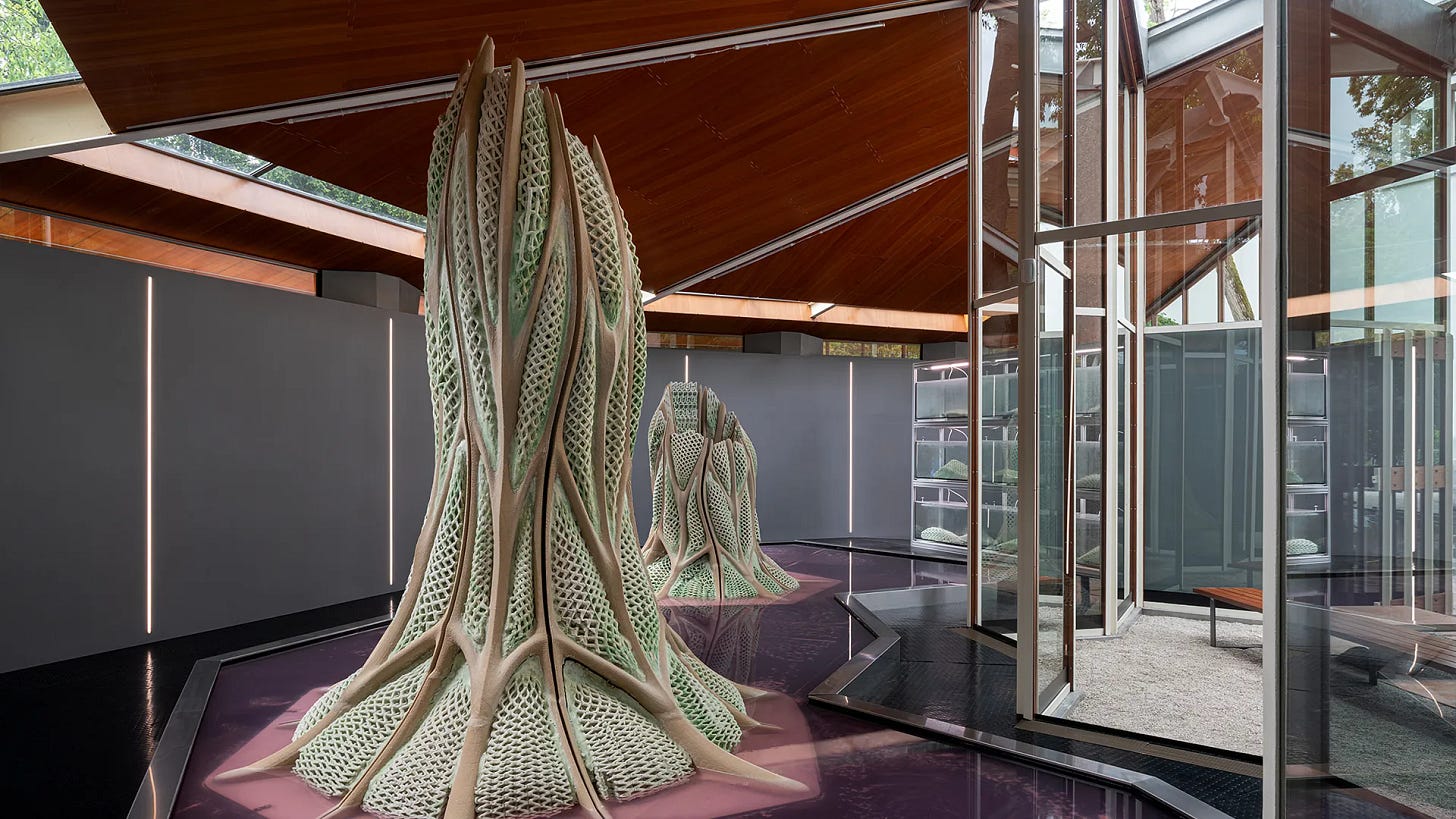
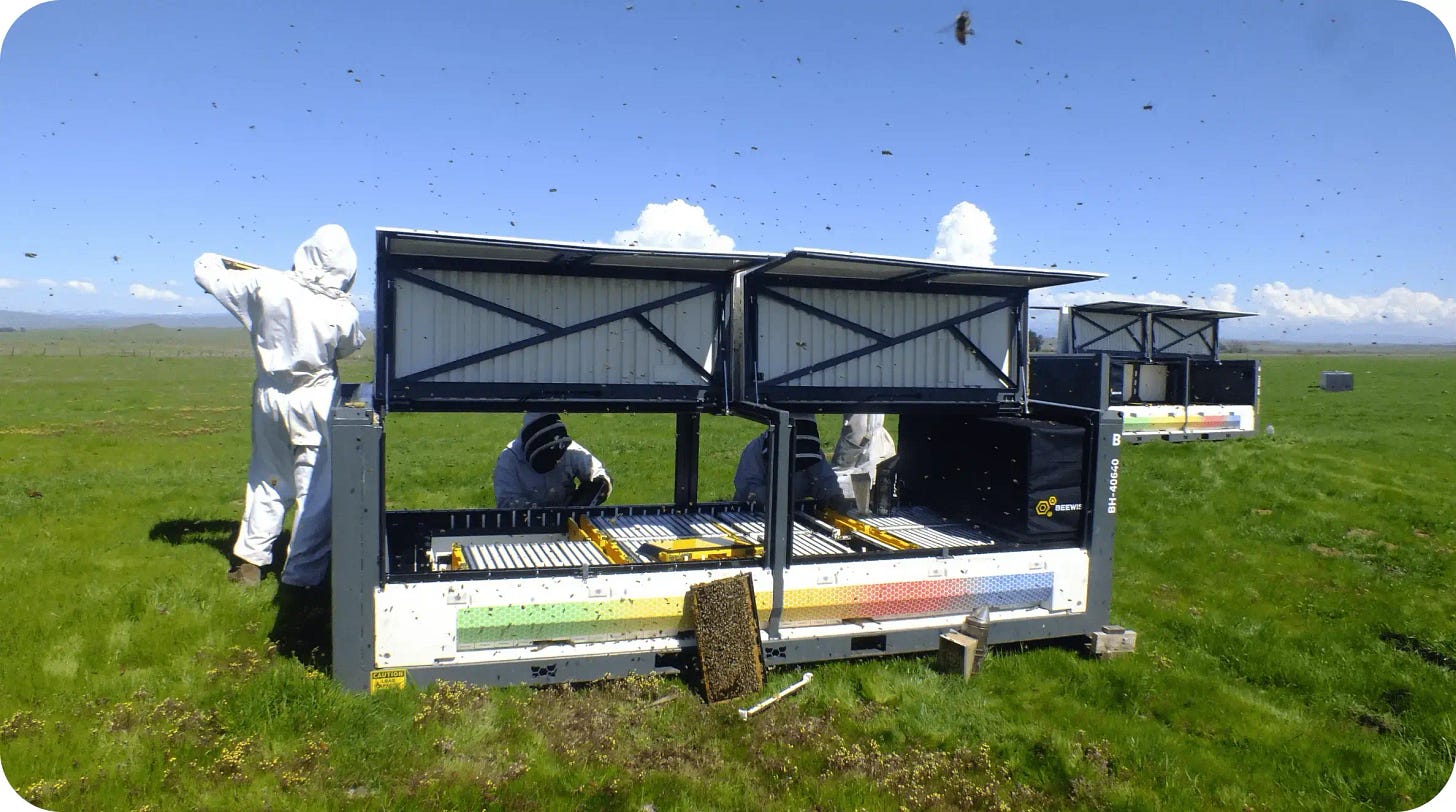
Sam, you manage to consistently find these good news and bring them to your audience in truly amazingly written summaries - thank you so much! Your newsletter is a beacon of hope!
inspiring list - this is what we want